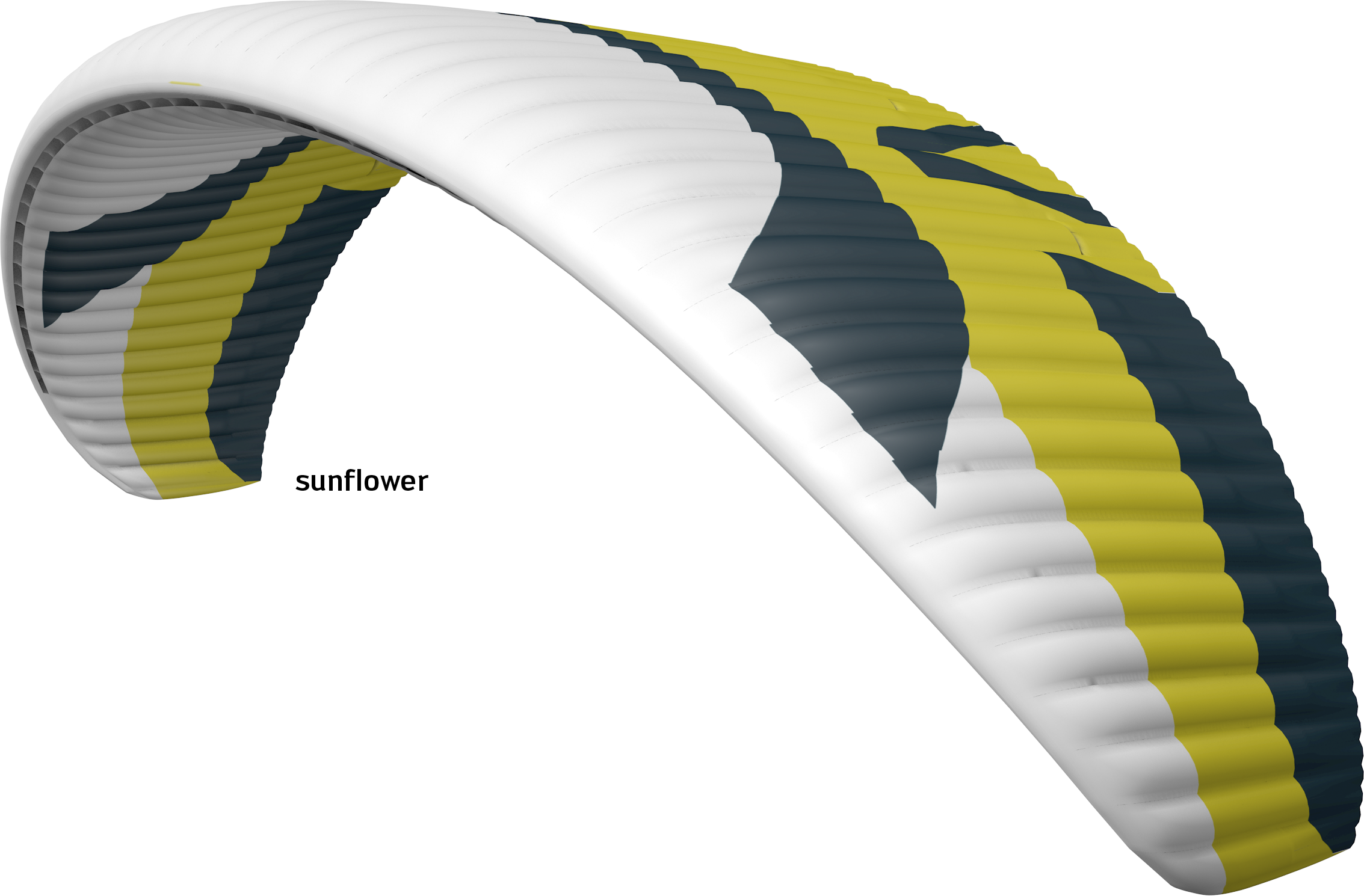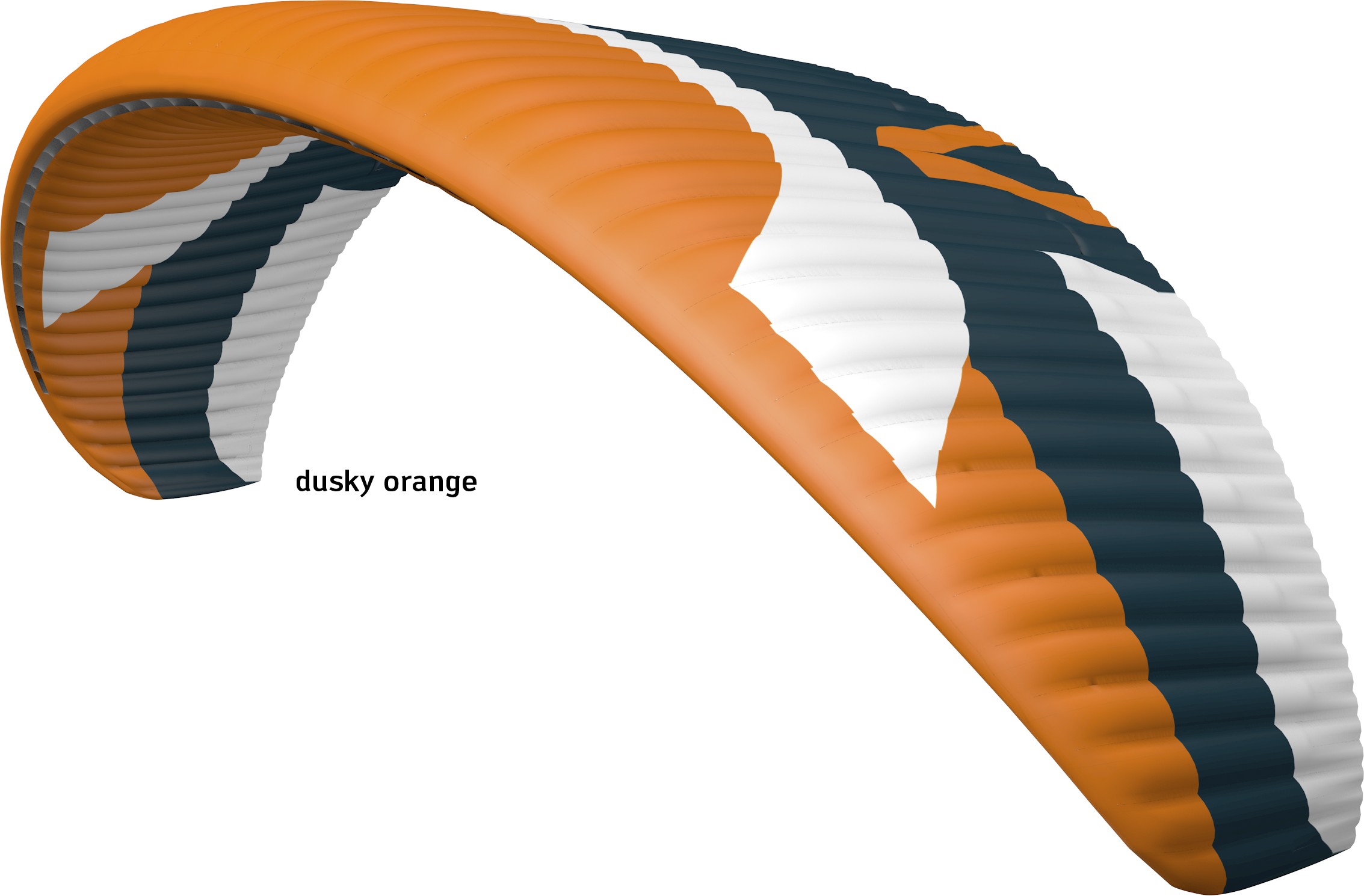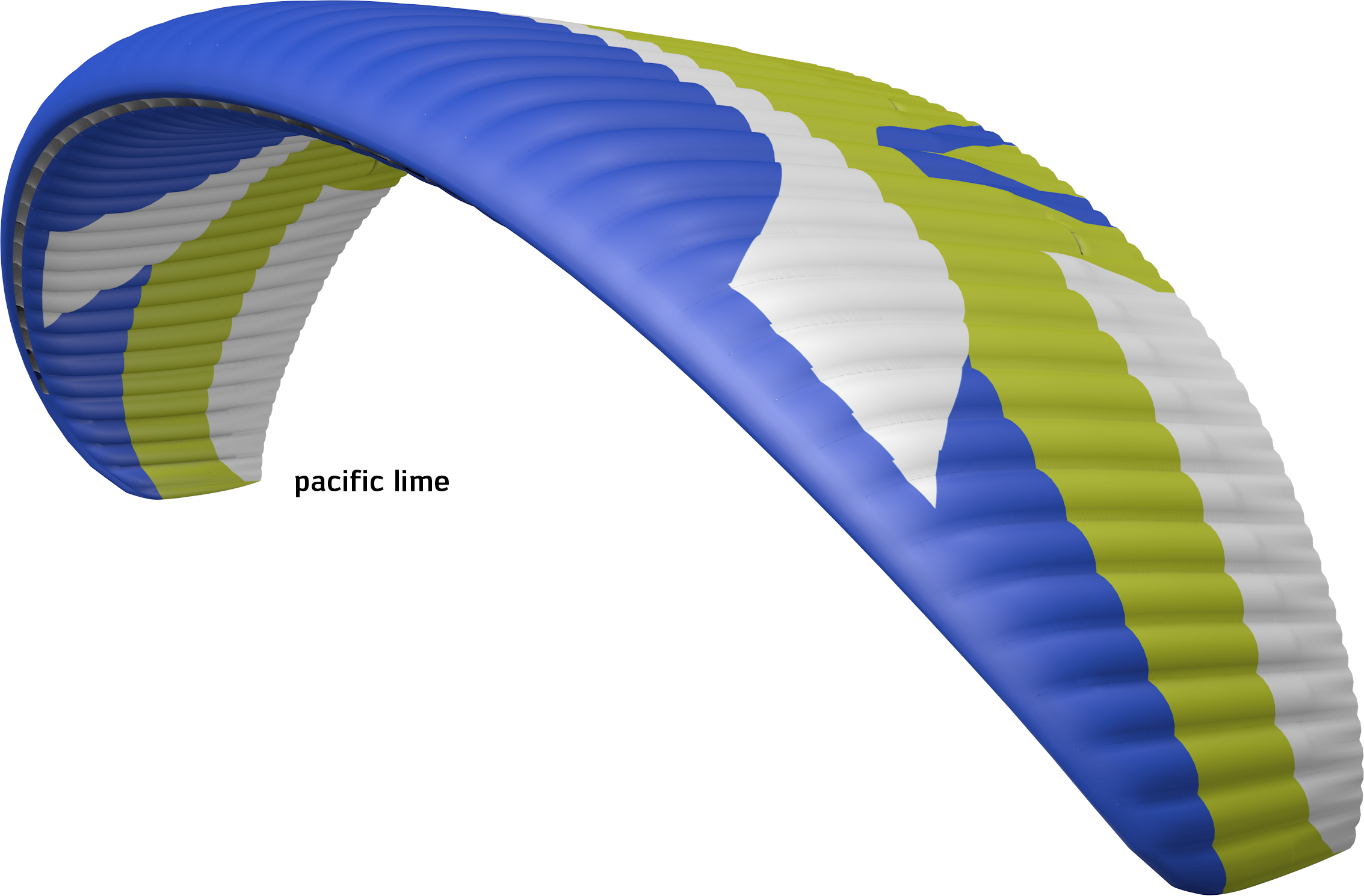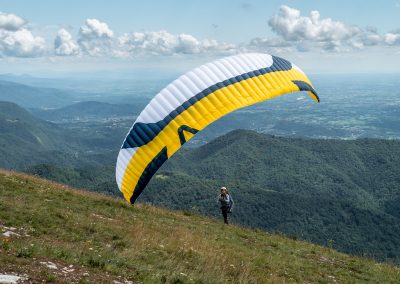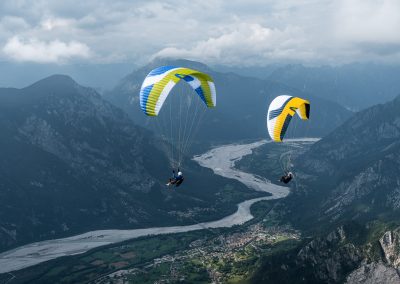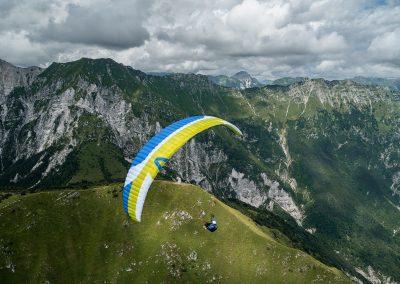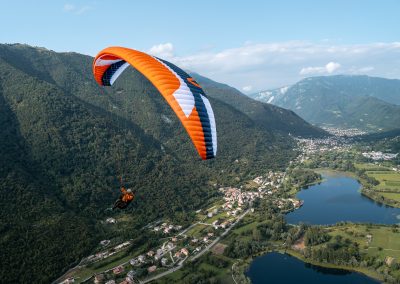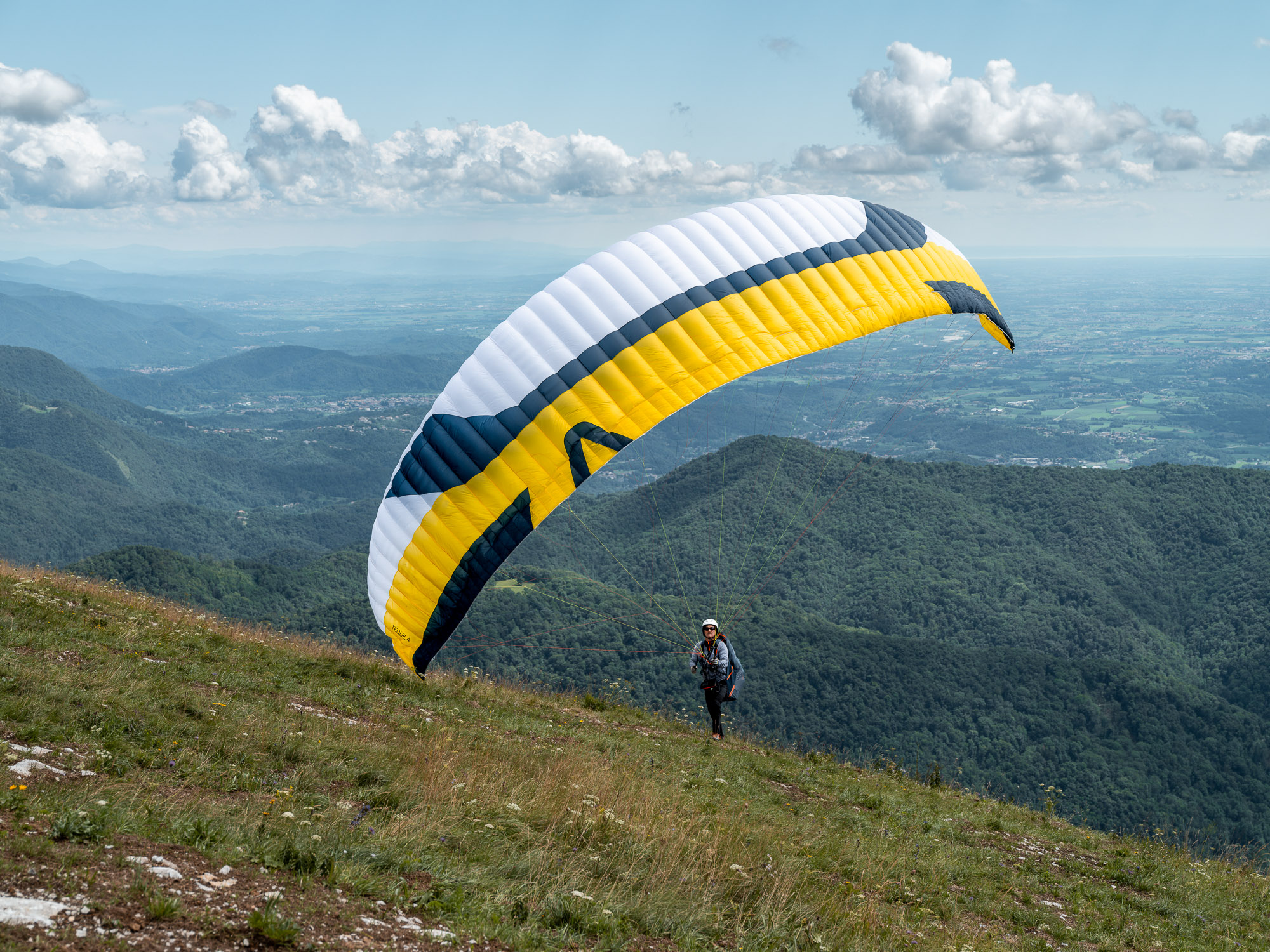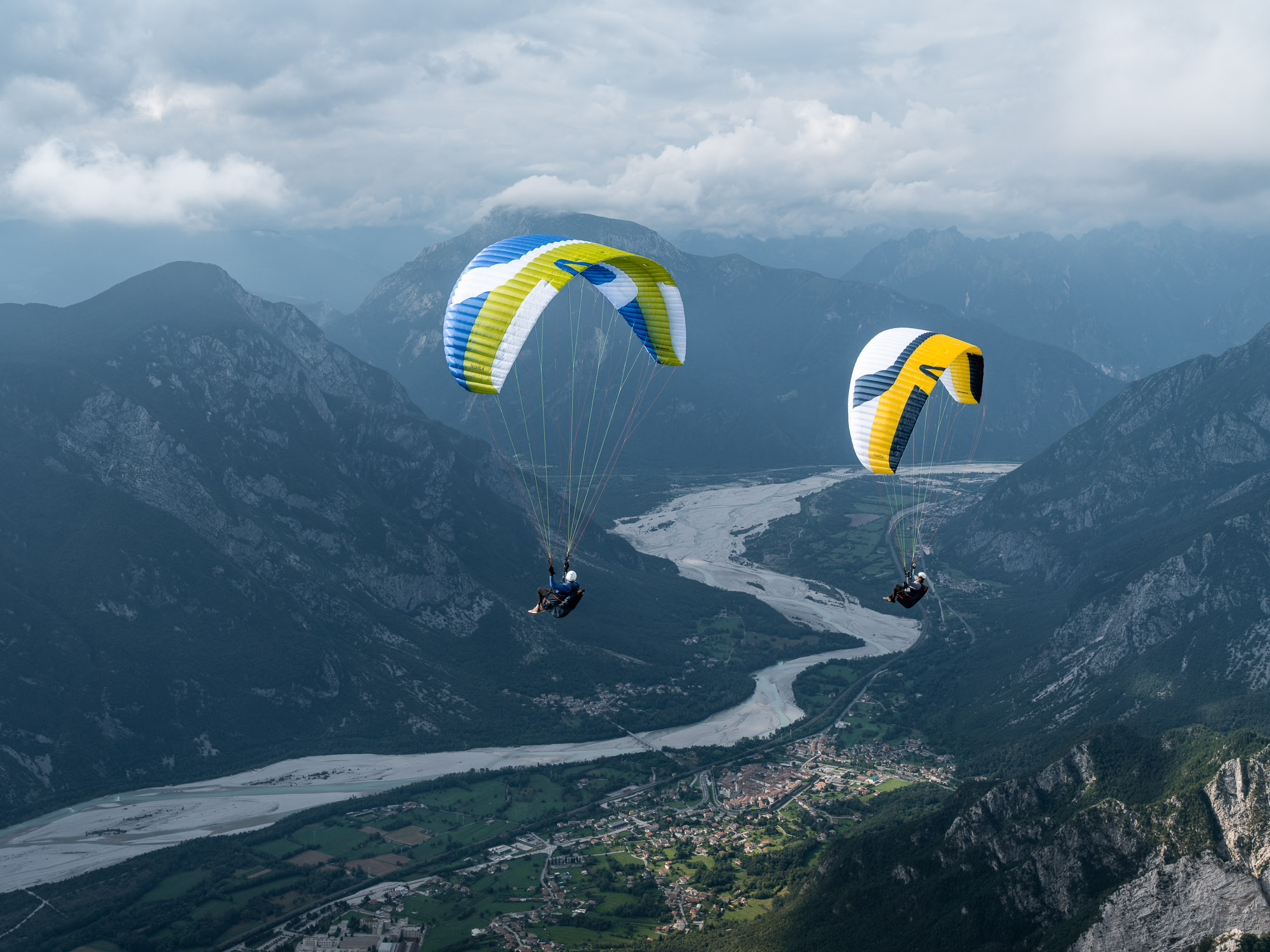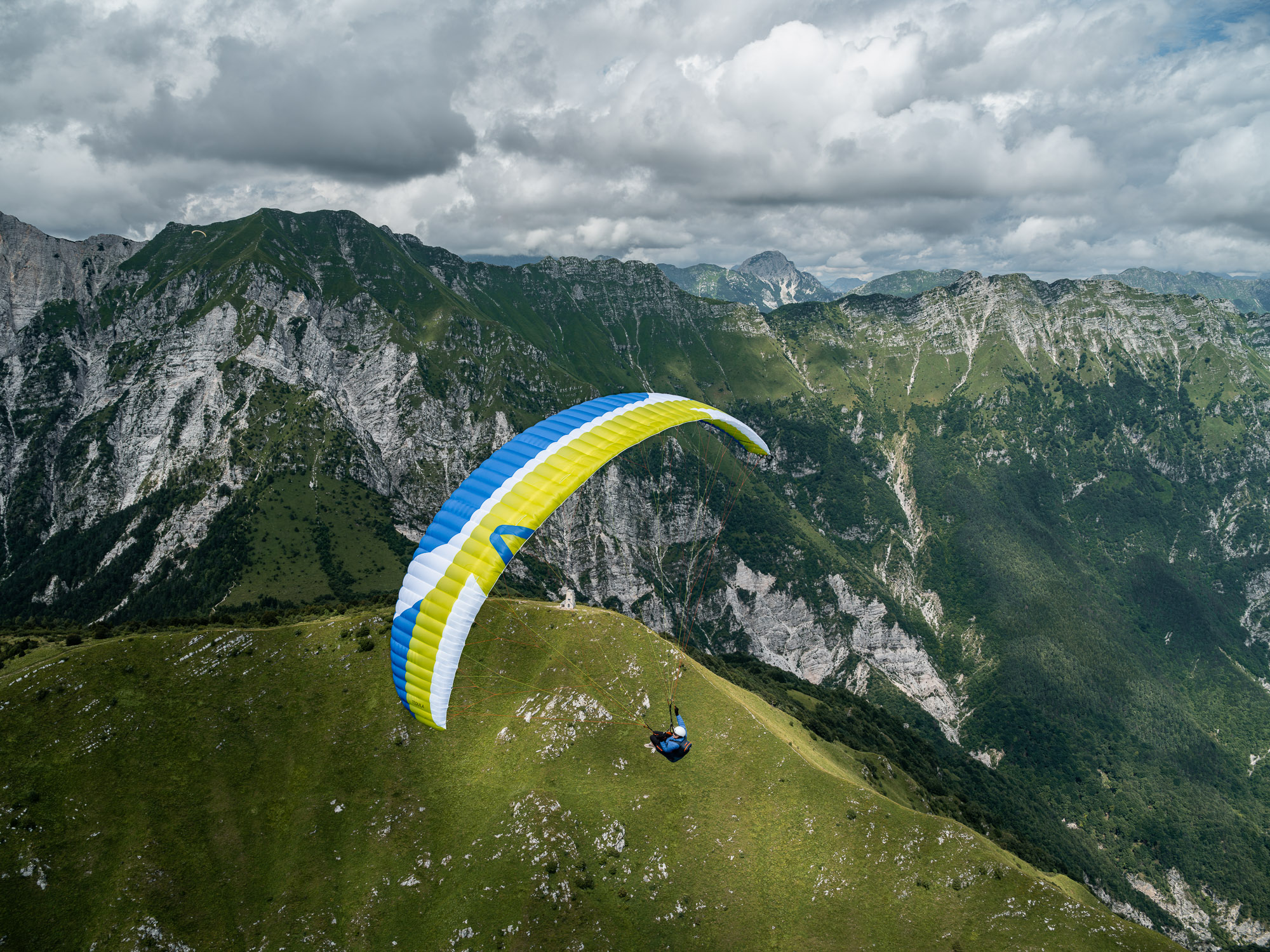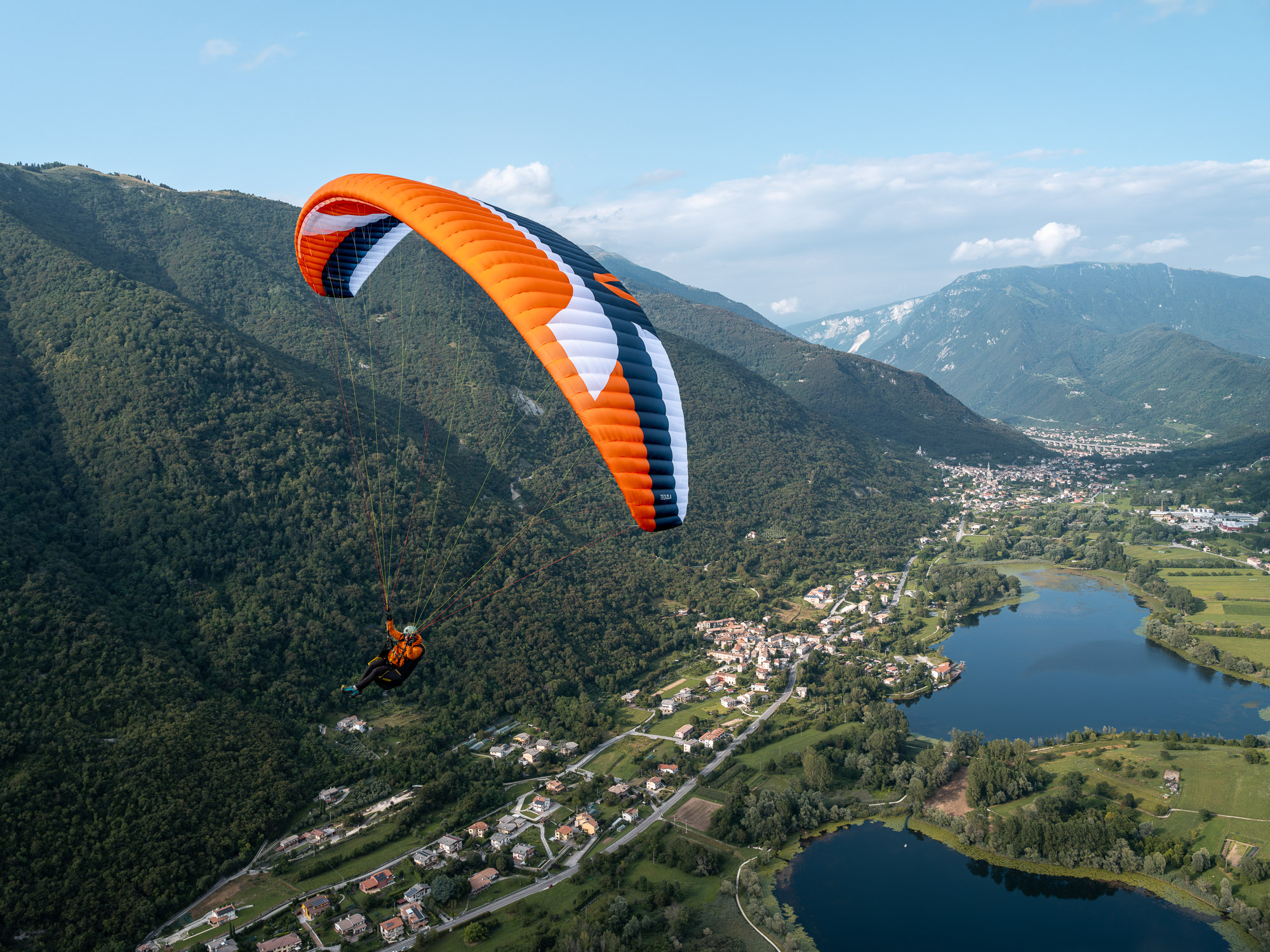Sporty performance for up-and-coming pilots. Take off with confidence.
The TEQUILA is our sporty intermediate wing designed for ambitious aviators after training, recreational pilots and XC beginners. Legendary for six generations.
This intermediate paraglider combines surprisingly easy flight characteristics with outstanding performance. Even record-breaking pilots rely on our well-balanced EN-B wing, just like flatland ace Armin Harich did in 2014. His unique 300 kilometer flight across Germany, from Heidelberg in the west to just before the Austrian border in the east, impressively demonstrated what our TEQUILA is capable of.
The new TEQUILA6 continues this tradition.
For XC beginners and pilots seeking a user-friendly yet high-performance paraglider that promises loads of fun!
For XC beginners and pilots seeking a user-friendly yet high-performance paraglider that promises loads of fun!
HOW DOES THE TEQUILA6 FLY?
Thanks to its user-friendly line setup, preparations for takeoff and groundhandling are effortless. The canopy rises stably and consistently above the pilot during the inflation phase, without overshooting.
Compared to its predecessor, the TEQUILA6 stands out with its sportier character. Dynamic flight maneuvers become a delight, and the bank angle is precisely controllable. The wing remains extremely stable throughout and provides you with understandable feedback. The initially light control pressure increases linearly and becomes noticeably firmer just before the stall.
With progressive handling, you have excellent control over the wing and receive clear feedback through the brakes. Even in demanding flight conditions, the TEQUILA6 is easy to control thanks to its simple and intuitive handling, enabling you to enjoy long, fatigue-free flights.
Performance is easily accessible thanks to its smoothness and enhanced flight characteristics. Compared to the previous model, we have significantly improved the TEQUILA6 performance-wise through a new design and advanced manufacturing technology. This benefits not only experienced recreational pilots but also up-and-coming aviators who aim to progress from training to accomplished long-distance pilots. The TEQUILA6 is easy to center in thermals, allowing for effortless and efficient circling, even in challenging conditions. Its sporty yet comfortable damping provides a sense of safety and trust.
HOW DOES THE TEQUILA6 FLY?
Even during extreme maneuvers, the wing exhibits very forgiving flight characteristics. We have paid special attention to the ease of operating descent aids. Pilots should not have to compromise when they need to descend quickly. Steep spirals are easy to initiate and exit. The ears fold back effortlessly with a pull on the split A-risers, without fluttering, resulting in significant descent rates.
For the TEQUILA6, we have opted for an especially robust material combination. This wing is especially recommended in countries with rough launch sites, due to its durable materials and its ability to withstand mechanical stress.
Our conclusion: The TEQUILA6 is the ideal wing for pilots for whom EN classes A, B, C, and D are secondary. It allows for self-assured progress like no other paraglider. The sixth generation of the TEQUILA combines the joy of sporty flying with outstanding performance, making long-distance flights an absolute pleasure. Discover it for yourself!

JET FLAPS
Our JET FLAPS extend the green arc as you approach the stall point, which substantially increases safety and also improves climb performance.

SHARK NOSE
Together with a corresponding wing design, the shark nose technology improves pressure distribution in the canopy substantially. Advantages: much more solid flying feeling and substantial performance gain, especially when gliding on bar.

3D-SHAPING
A precise calculation of the leading edge geometry and the installation of an additional strip of fabric reduce wrinkling in this sensitive part of the glider. Advantages: exact wing shape, more performance.
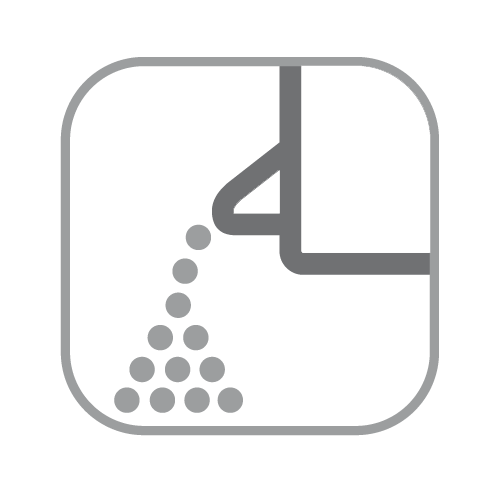
SAND RELEASE SYSTEM 2.0
Porous openings of the profile ribs at the trailing edge ensure that sand and dirt in the glider are automatically guided to the wingtip where they can trickle out. This helps preserve the material and “relieves” the trailing edge.
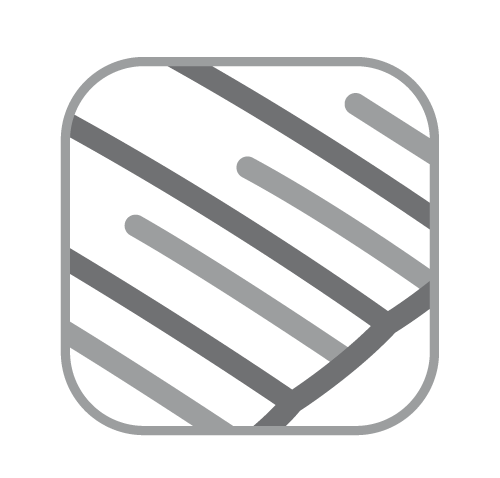
MINI RIBS
Doubling the number of cells at the trailing edge increases its shape stability substantially. Advantage: fewer vortices improve the aerodynamics and with it the performance.

C-WIRES
Nylon wires sewn into the glider over the anchor points of the C-level lines. Advantages: better load distribution, reduced drag, more performance.

RIGID FOIL
Nylon wires keep the leading edge and the profile in shape and ensure a more constant ram air pressure. Advantages: better take-off behaviour and more performance.

SMART LINK SYSTEM
Color coded seams on the risers to ensure that the risers are connected correctly and without being twisted. red = left; blue = right
| Size | 75 | 85 | 95 | 105 | 115 | 135 |
| Cells | 49 | 49 | 49 | 49 | 49 | 49 |
| Area flat (m²) | 21.50 | 23.45 | 24.97 | 26.54 | 28.29 | 30.67 |
| Area projected (m²) | 18.41 | 20.09 | 21.39 | 22.73 | 24.23 | 26.27 |
| Wingspan flat (m) | 10.6 | 11.07 | 11.42 | 11.77 | 12.16 | 12.66 |
| Wingspan projected (m) | 8.48 | 8.86 | 9.14 | 9.43 | 9.73 | 10.13 |
| Aspect ratio flat | 5.22 | 5.22 | 5.22 | 5.22 | 5.22 | 5.22 |
| Aspect ratio projected | 3.91 | 3.91 | 3.91 | 3.91 | 3.91 | 3.91 |
| min. profile depth (cm) | 76 | 80 | 82 | 85 | 87 | 91 |
| max. profile depth (cm) | 251 | 262 | 270 | 279 | 288 | 300 |
| Weight (kg) | 4.6 | 4.8 | 5 | 5.3 | 5.6 | 5.8 |
| Certified weight range (kg) | 55 - 75 | 65 - 85 | 75 - 95 | 85 - 105 | 95 - 115 | 105 - 135 |
| Homologation | LTF/EN B | LTF/EN B | LTF/EN B | LTF/EN B | LTF/EN B | LTF/EN B |
| Upper sail | Myungjin MJ40 MF |
| Bottom sail | Myungjin MJ32 MF |
| Profiles | Porcher Skytex 40g hard |
| Diagonals | Porcher Skytex 40g hard |
| Straps | Porcher Skytex 40g hard |
| Main lines | Liros PPSLS 180/125 |
| Middle lines | Liros PPSLS 125/65 |
| Top lines | Liros DC 60 |
| Main brake line | Liros DFLP 200/32, PPSLS 125 |
| Brake lines | Liros PPSLS 65 |
| Risers | Güth & Wolf 12mm webbing |
What are the glide ratio (L/D), trim and maximum speeds?
We know that these data are interesting for you as a pilot, but for us to publish them would be a bad idea for the following reasons:
1) Performance data are highly dependent on the drag of the pilot and are therefore related to sitting position and harness. The difference between aerodynamically favorable and unfavorable harnesses and sitting positions can be as much as a whole L/D number.
2) Performance increases with the size of the glider. A large glider will always outperform the same glider in a smaller size. So a question about the performance of a glider is always also a question about the size.
3) There is no normed method of testing the performance of paragliders. For example, speed varies with altitude and the associated different air pressure, but also with the total weight of the system.
That means that there simply isn’t THE speed or THE L/D that would allow a serious comparison with another glider. Performance data are dependent on the harness, the size of the glider, on the air mass and the total weight.
How do I calculate my take-off weight?
Takeoff weight is calculated by adding the weight of the pilot including clothes to the weight of the equipment. The equipment consists of the harness, the reserve chute, the paraglider itself, and any flight instruments and other baggage you may carry (e.g. rucksack, etc.).
Is it OK for me to shorten the brake lines on my skywalk paraglider?
Changing the length of the brake lines can have a negative effect on the flying characteristics and extreme flight behavior. The paraglider needs a little more lead when flying on speed bar, otherwise the glider could be braked unintentionally, leading to a loss of performance. When performig extreme flying maneuvers, shortening the brake lines too much can cause complications during recovery from collapses, parachutal stall, etc.mmen.
Am I allowed to make modifications to my skywalk paraglider?
No, because the glider is certified the way it is delivered to you. Even the brake line length is part of the trim and must not be changed.
What are JET FLAPs and how do they work?
JET FLAPs are a so-called split flap like those seen on a large airplane. When the glider is braked, the airflow is routed through the glider, restoring smooth airflow. This extends brake line travel and softens the stall behavior.
What advantage do the JET FLAPs on my skywalk paraglider offer?
Lower flyable minimum airspeed. The speed range is wider and easier to control. The pilot has more time to react when flying near the stall point.
Your TEQUILA6 package
- 1x Inner bag
- 1x Compression strap
- 1x Riser bag
- 1x BASIC GUIDE
- 1x Bandana
- 1x Sticker set
- 1x Self-adhesive repair patch


